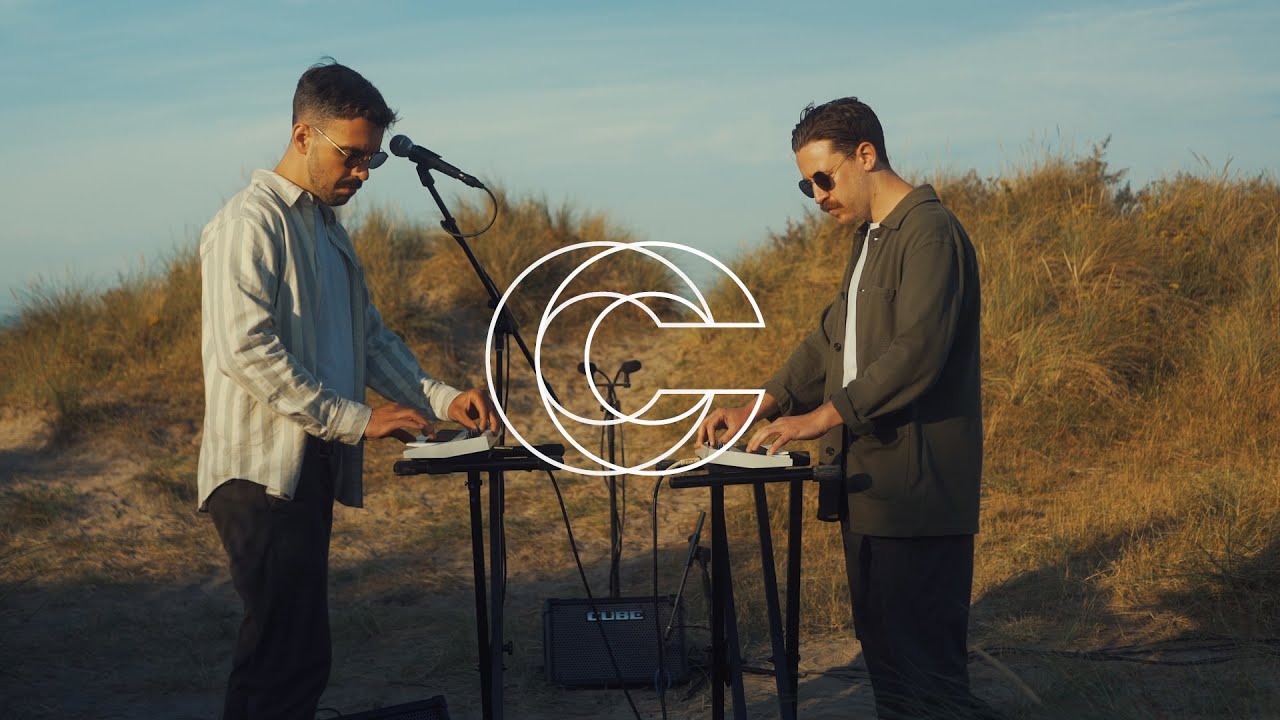Chromatic is a video series capturing musicians in unique places around Ireland. See previous episodes featuring MuRli, Maija Sofia, Wyvern Lingo and more.
On the latest episode of the Chromatic video series, we are going to the seaside dunes of Bull Island at sunrise with Mark O’Brien’s Royal Yellow project for a performance of ‘Still Pt. 1’, from the recent Still:Until EP, joined by Ryan Hargadon, for a version that uses synth and vocal loops.
Royal Yellow’s Still : Until EP is available on vinyl from Tonic and the live Royal Yellow band will perform at September’s It Takes A Village festival.
Royal Yellow: Bandcamp | Spotify | Instagram | Twitter
Chromatic: Facebook | Instagram | Twitter
About Bull Island
Bull Island derives from the Irish name for Clontarf, Cluain Tairbh, which translates to Meadow of the Bull. Before the harbour walls were built, the sound of the waves crashing on the shoreline was said to have resembled a bull bellowing.
The story of the island is one of the forces of nature gently assisted by the hand of man. The formation of the Island has been on going for 1,000 years, dating back to a time when the silting sand was causing problems for shipping, except for the flatbottomed long ships of the Vikings. Over the centuries it continued to grow each year as sand was carried across the bay from the Wexford and Wicklow coasts. Over time with the help of the current, wind and waves the sand gradually emerged above sea level dried out and formed into mounds.
The first wooden Bull Bridge to the island was erected in 1819 to facilitate the construction of a stone wall, based on a design by Ballast Board engineer, George Halpin. Started in 1820, the Bull Wall was completed in 1825. The Star of the Sea statue was installed in 1972 sits at the end of the Bull wall.
The Island habitats include beach, dunes, mud flats, grassland and marsh. The island was the first official bird sanctuary in the country in the 1930’s. In 1981 it achieved status as a UNESCO Biosphere Reserve due to its rare and threatened habitats and species along with its use by important numbers of overwintering birds. It is thought that some 40,000 birds, of many species, winter on the island. Many of these birds migrate here from the Arctic in early November and remain here until April during which time they fatten on the unique grasses, plant and animal life along the mudflats and saltmarshes.
(Source Acknowledgments: loveclontarf.ie, visitdublin.com, Wikipedia

Niall Byrne is the founder of the most-influential Irish music site Nialler9, where he has been writing about music since 2005 . He is the co-host of the Nialler9 Podcast and has written for the Irish Times, Irish Independent, Cara Magazine, Sunday Times, Totally Dublin, Red Bull and more. Niall is a DJ, founder of Lumo Club, club promoter, event curator and producer of gigs, listening parties & events in Dublin.












